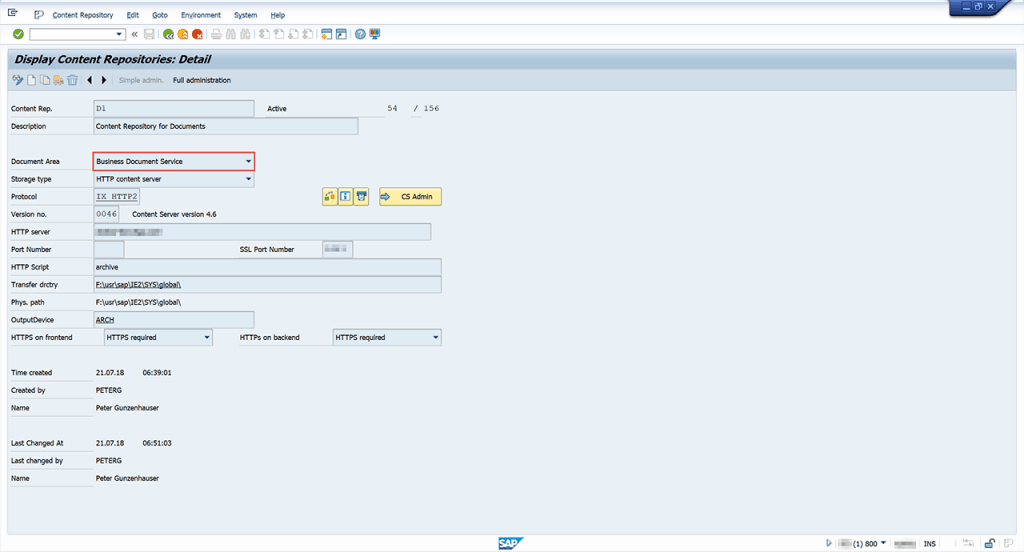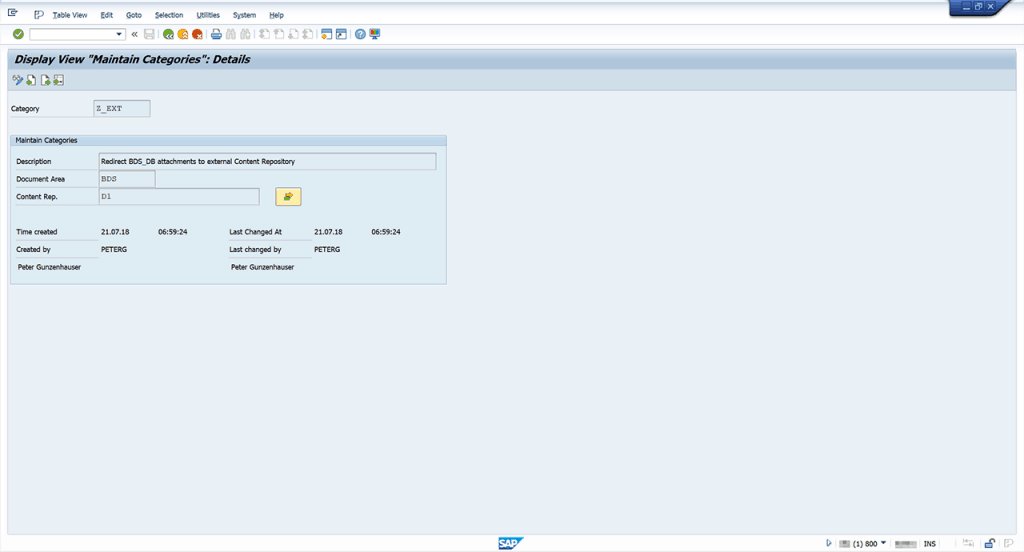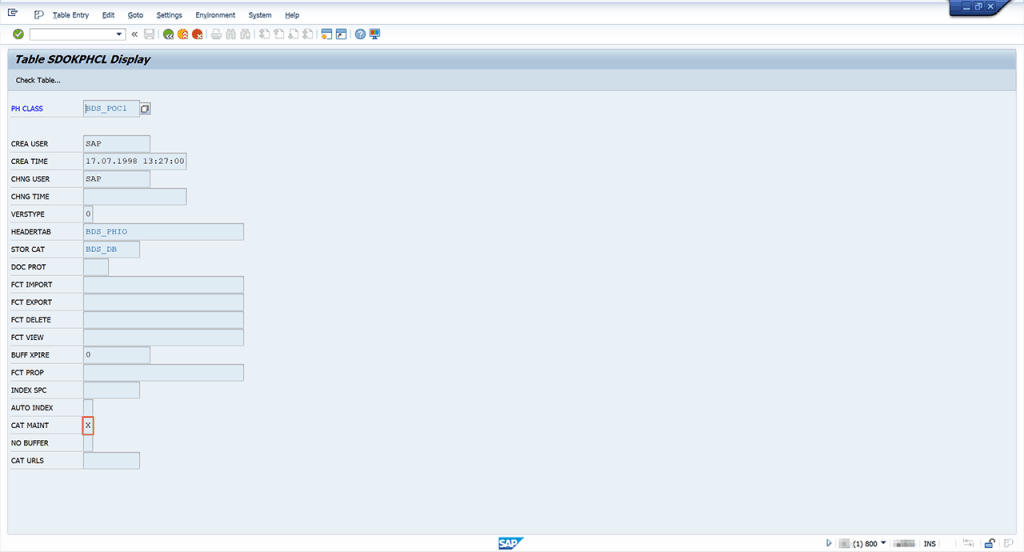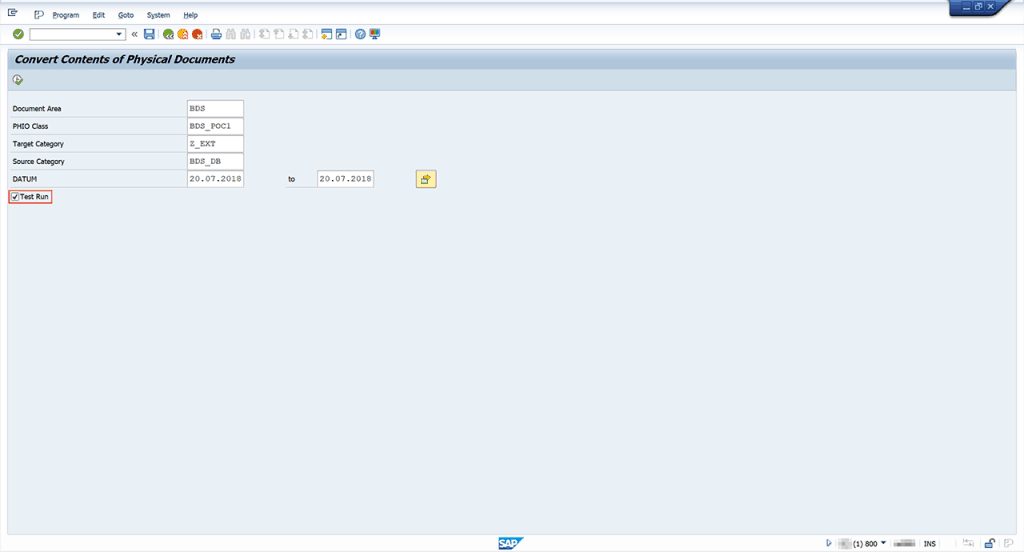Keeping your SAP Database lean and mean
Keeping your SAP Database lean and mean is not only a good practice, it’s also essential for moving to S/4HANA.
Almost every SAP customer is likely to reach a point where they have the requirement to reduce their database size. Whilst data archiving is the natural consideration, it isn’t always the problem area of growth and there are a number of quick wins to consider prior to considering prior to investigating archiving as an option. One of the recent problem areas we are seeing consistently raised with customers is the growth in tables such as BDS and SOFFCONT, which serve to specific document management functions available in SAP.
Whether it’s the expanded use of Solution Manager’s DVM tools that is now identifying the problem, it’s clear the problem is larger and more widespread than previously and at almost every customer we work at, we have started to put in place some data prevention strategies to ensure this does not become an issue, if it’s not an issue already.
With some of the recent migrations we have conducted, the sizes of these tables we are seeing is starting to exceed 1TB and this would have had considerable impact on the database performance, backup windows along with the additional cost of the high availability disk.
While it’s difficult to determine the the exact cause of this growth, it’s likely to relate to:
- Increased familiarity with the create attachment functionality available in SAP
- Increases in the file sizes of MS Office and other document files
- The ingestion of email into SAP via SMTP used for modules like CRM.
If you have OpenText Archive Center or SAP Content Server in place, the process for resolution of this issue is incredibly simple. It’s also a solution that can be implemented in house if you have competent basis resources and/or an OpenText Archive Center administrator.
As is the case with any migration, one needs to consider the standard precautions/issues/risks and take the appropriate actions including:
- Impact on any standard or custom programs that may have been written to use the functionality
- Testing of the functionality after migration to ensure that all the data is accessible
- Testing on multiple environment to ensure that the testing is conducted thoroughly.
- Backups of the relevant environments prior to commencing migration.
To redirect any new content and migrate the existing content, please follow these steps. The actual details may vary depending on the exact problem area relevant to your environment:
Step 1 – Create a new repository in transaction OAC0 or CSADMIN and assign it to the proper document area. If you are using OpenText, you will need to do additional configuration in OpenText Archive Center.

Step 2 – Create a new storage category for the new repository in transaction OACT.

Step 3 – Enable the automatic content redirection in transaction SE16 and table SDOKPHCL for the relevant class you would like to redirect the content. Make sure you check the Category Maintenance field.

Step 4 – Redirect newly created content to your new storage category in transaction SKPR08. The entry will not appear her until the Category Maintenance checkbox has been checked in the previous step. This will redirect any new content but will not affect the existing content in that table which will have to be migrated in the next step.

Step 5 – Run report RSIRPIRL in transaction SE38 to migrate the content from the old repository to the new one. This will need to be run as a background job as depending on the volume of documents in your database this report may run for a long time. It’s not unusual to have this report run for as long as a week at a time depending on the volume of documents to be migrated.

We will be providing a downloadable version of the instructions with more detail on each of the steps. If you would like to receive a copy, or inquire about our consulting services in this area, please email us at info@infospire.net.
DISCLAIMER OF WARRANTIES:
THE INSTRUCTIONS PROVIDED IN THIS ARTICLE IS PROVIDED “AS IS”, AND INFOSPIRE MAKES NO (AND HEREBY DISCLAIMS) ALL WARRANTIES, REPRESENTATIONS, OR CONDITIONS, WHETHER WRITTEN, ORAL, EXPRESS, IMPLIED OR STATUTORY, INCLUDING ANY IMPLIED WARRANTIES OF MERCHANTABILITY, TITLE, AGAINST INFRINGEMENT, OR FITNESS FOR A PARTICULAR PURPOSE, WITH RESPECT TO THE USE, MISUSE, OR INABILITY TO USE THE INSTRUCTIONS (IN WHOLE OR IN PART). INFOSPIRE DOES NOT WARRANT THAT ANY DEFECTS OR ERRORS WILL BE REPAIRED OR THAT ALL DEFECTS OR ERRORS CAN BE CORRECTED, OR THAT THE USE OF THE INSTRUCTIONS SHALL BE UNINTERRUPTED, DEFECT OR ERROR-FREE.




